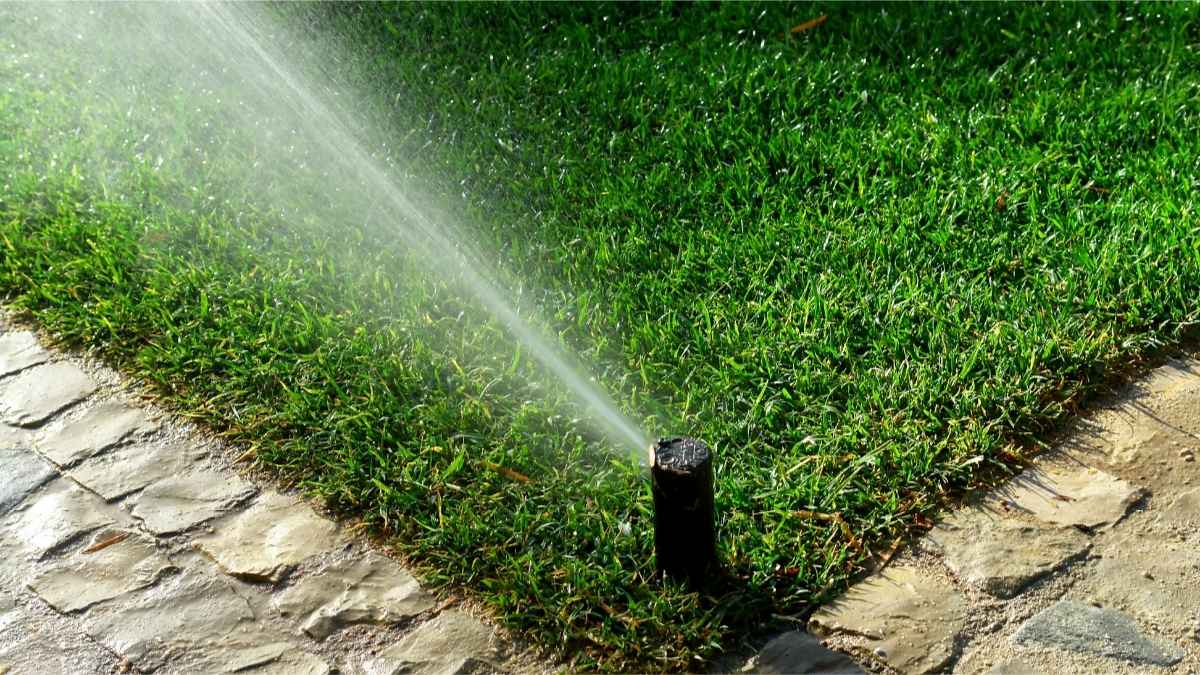How Extreme Weather Affects Your Garden (And How to Protect It)
Gardening is often seen as a peaceful, rewarding hobby—but in recent years, it has become a constant battle with nature. From heat waves to floods, unpredictable weather is taking a toll on plants, soil, and even pollinators. Understanding how extreme weather affects your garden is the first step to protecting your hard work and ensuring healthier, more resilient plants.
Why Weather Matters More Than Ever
According to NOAA, 2025 brought the third-warmest May in 131 years, followed by record-breaking humidity and rainfall across large parts of the U.S. On the flip side, a decades-long mega-drought continues to dry up rivers in the Southwest. These shifts don’t just make gardening inconvenient—they determine whether your vegetables, flowers, and fruit trees survive at all.
When you look closely, you’ll see that extreme weather affects your garden in multiple ways, from stunted growth and fewer harvests to outright plant loss. Let’s explore the most damaging conditions and what you can do to adapt.
How Extreme Weather Affects Your Garden
1. High Heat Stress
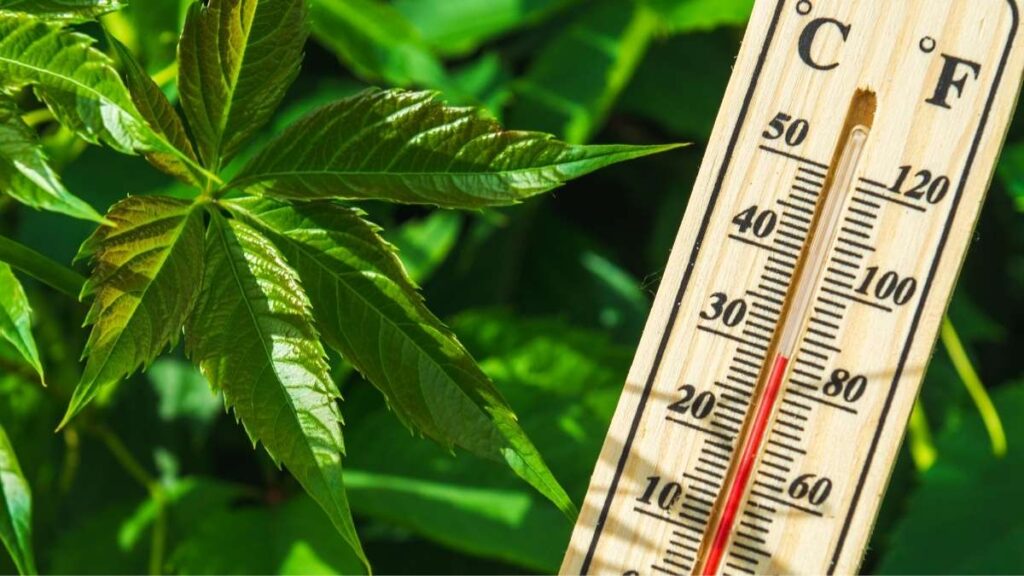
Heat waves are becoming more frequent and lasting longer. In July 2025, much of the country faced record nighttime heat, preventing plants from cooling down.
- Impact: Tomatoes and peppers failed to set fruit, while herbs like basil bolted prematurely. Even ornamental flowers wilted despite daily watering.
- Solution: Install shade cloth to protect tender plants, mulch heavily to retain soil moisture, and water deeply in the morning. Moving container plants into partial shade also helps.
2. High Humidity
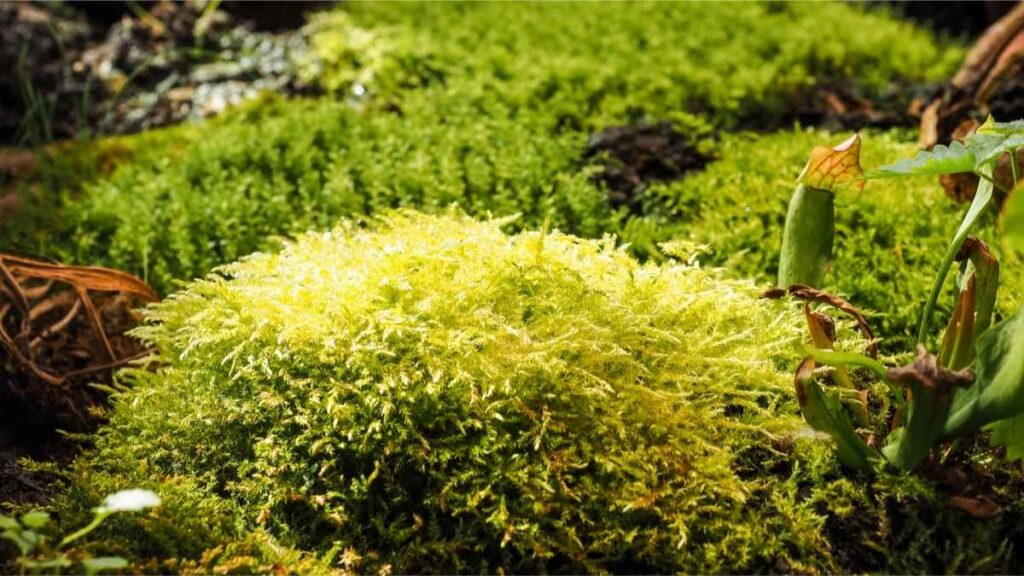
While water is essential, too much humidity suffocates plants. In 2025, dew points were 5–7 degrees higher than average in two-thirds of the U.S.
- Impact: High humidity slows evaporation, weakens root function, and fuels fungal diseases like powdery mildew. Pollinators such as bees and butterflies also stay inactive, resulting in poor fruit set.
- Solution: Space plants properly to improve airflow, prune overgrowth, and use organic fungicides when necessary. Adding pollinator-friendly plants in less humid areas of your yard can encourage more activity.
3. Drought
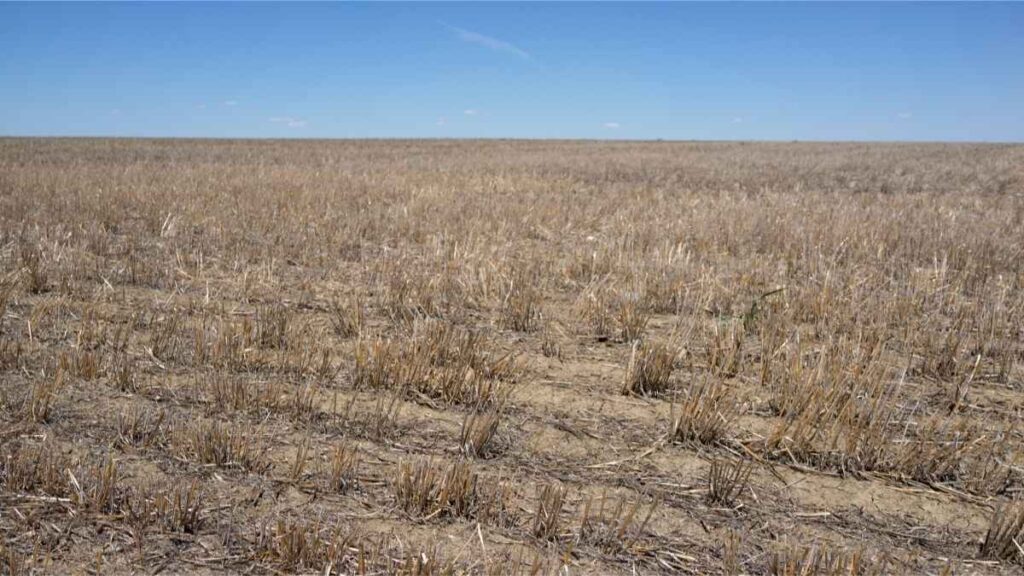
The Southwest has been in a 20-year mega-drought, and in 2025, the Rio Grande ran dry for only the second time in four decades.
- Impact: Plants under drought stress grow slowly, produce fewer blooms, and become vulnerable to pests like aphids and spider mites. In some regions, watering restrictions make the problem worse.
- Solution: Choose drought-tolerant native plants, install drip irrigation to conserve water, and reuse graywater safely when permitted. Mulching 3–4 inches deep helps lock in precious soil moisture.
4. Excessive Rain
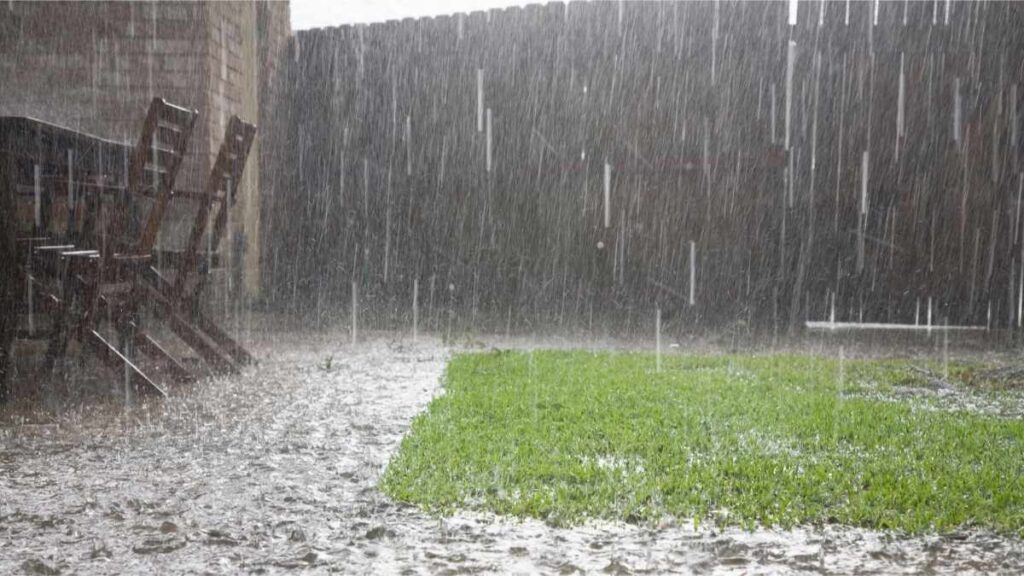
On the opposite extreme, some regions received their wettest spring on record in 2025. Constant rainfall may seem like a blessing, but it drowns roots and breeds pests.
- Impact: Root rot, slug infestations, and fungal diseases become rampant. Seedlings often fail before they mature.
- Solution: Improve drainage with raised beds, direct runoff with swales or dry creek beds, and create rain gardens with water-loving plants that naturally absorb excess water.
5. Floods
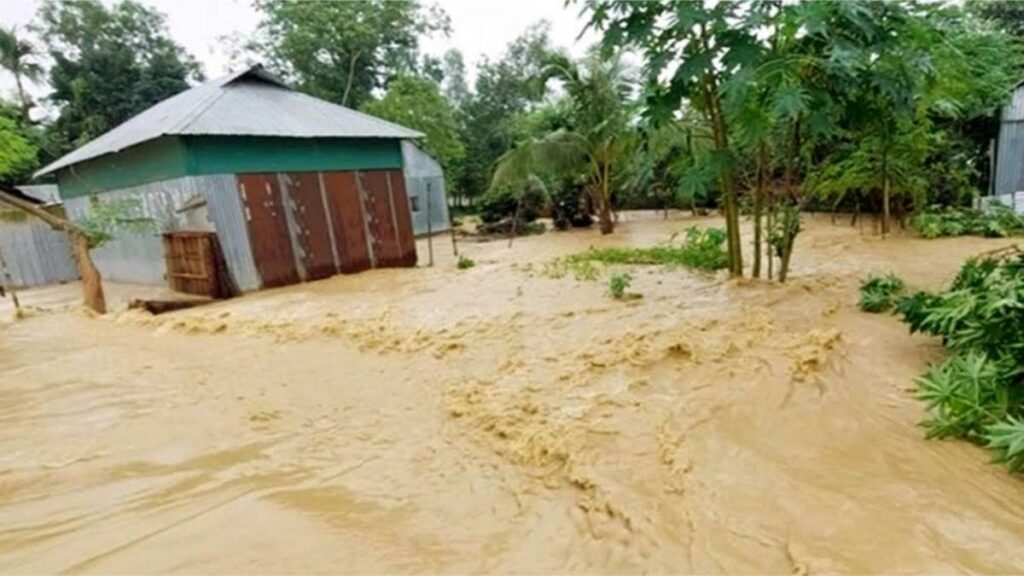
In 2025, the U.S. saw over 3,000 flash flood warnings, the highest number in 40 years. Flooded soil deprives roots of oxygen and often contaminates edibles with pollutants.
- Impact: Nutrients leach out of soil, plants suffocate, and crops may become unsafe to eat if exposed to dirty floodwater.
- Solution: After floods, test soil for contamination, replace mulch, and plant cover crops to restore nutrients. Consider raised beds or container gardening if you live in a flood-prone area.
6. Extreme and Erratic Winters
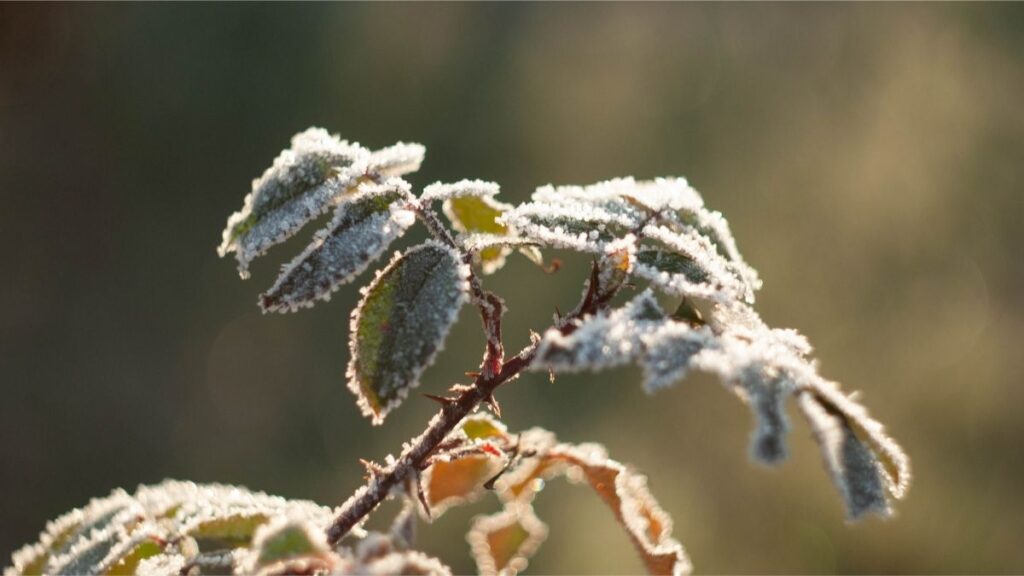
Polar vortexes and sudden warm spells are disrupting winter dormancy cycles. In January 2025, unusual cold killed citrus trees as far south as the Gulf Coast.
- Impact: Plants budding too early during warm spells lose growth when temperatures suddenly drop again. Fruit crops like peaches and blueberries often fail for the season.
- Solution: Keep frost blankets handy, delay planting until risk of frost truly passes, and grow tender plants in containers that can be moved indoors when needed.
Smart Gardening in Uncertain Times
Now that we understand how extreme weather affects your garden, here are strategies to future-proof your plants:
- Check the latest USDA Plant Hardiness Zone Map. Many areas have already shifted to warmer zones—choose varieties bred for hotter and wetter climates.
- Embrace native plants. They evolved to thrive in your region’s conditions, making them more resilient to stress.
- Improve soil health. Healthy soil holds water during droughts and drains better during floods. Add compost regularly to boost resilience.
- Diversify your garden. Growing a mix of crops reduces risk—if one plant fails due to heat or cold, others may still thrive.
- Stay flexible. Be ready to move perennials, adjust watering schedules, or install temporary protections like row covers and windbreaks.
Must Read: 10 Easy Ways to Keep Japanese Beetles out of Your Garden
Must Read: 10 Proven Ways to Keep Slugs Out of Your Garden Naturally
Final Thoughts
Whether you’re a beginner or a seasoned gardener, the truth is clear: extreme weather affects your garden more than ever before. From heat waves to floods, no region is immune. But by adapting with smarter plant choices, better soil care, and proactive protections, you can still create a thriving, resilient garden—even when the weather doesn’t cooperate.
FAQs
1. How does extreme weather affect garden?
Extreme weather affects garden by stressing plants with heat, drowning roots with floods, causing drought damage, and encouraging pests and diseases.
2. Can plants recover after extreme weather?
Yes, many plants can recover if damage is not severe. Pruning dead parts, improving soil health, and watering properly after stress can help them bounce back.
3. What plants handle extreme weather best?
Native plants, drought-tolerant varieties, and perennials like lavender, coneflower, and sedum are more resilient.
4. How can I protect my garden from extreme heat?
Use mulch to keep soil cool, install shade cloth, and water deeply in the early morning. These methods prevent stress.
5. How do floods affect soil in a garden?
Flooding washes away nutrients and oxygen, leaving soil compacted and weak. Rebuilding soil with compost and cover crops is essential after extreme weather affects your garden.
6. Why does humidity harm plants?
High humidity slows evaporation, making plants prone to fungal diseases. Good airflow, spacing, and organic fungicides help when weather affects your garden.
7. What long-term steps protect against extreme weather?
Improve drainage, diversify crops, grow native plants, and maintain healthy soil. These actions minimize damage when extreme weather affects your garden.

